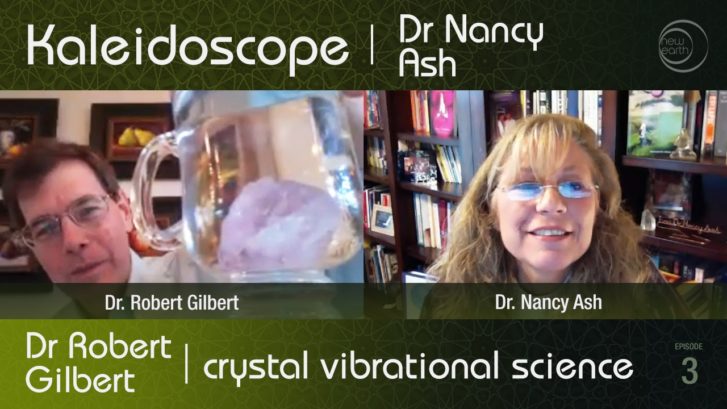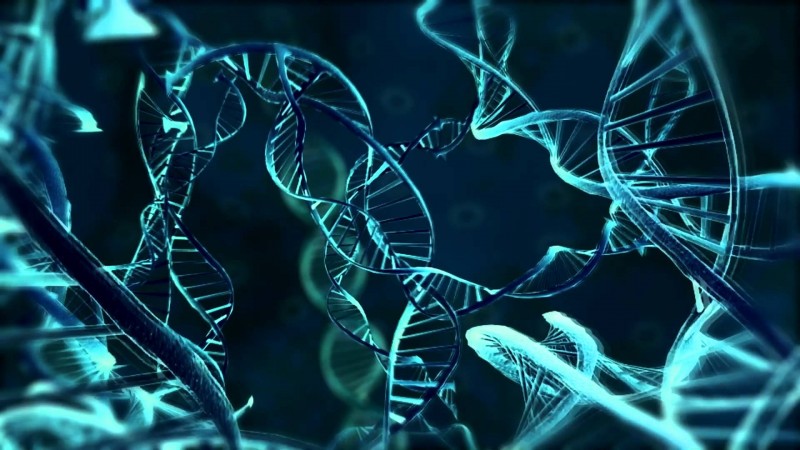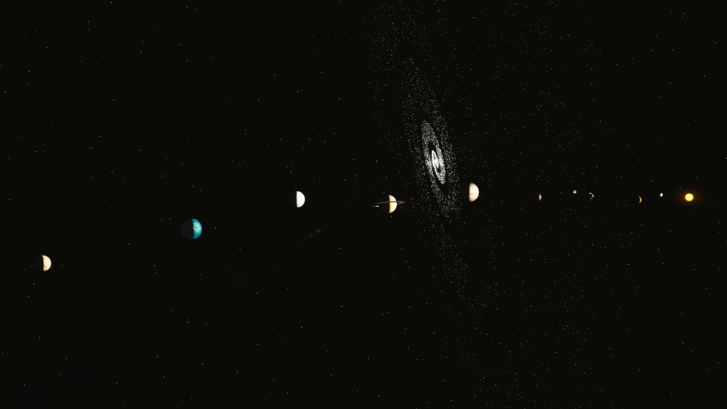Written by Sharing Sustainable Solutions
This information is intended to be educational in nature and should not be construed as medical advice. You should consult your physician regarding any specific medical conditions or questions and before taking any medications.
Water can play a major role in the transmission of enteric infections, and virtually all of the agents that cause travellers’ diarrhea may be present in contaminated water. Anywhere that trekkers are able to travel these days, people live or travel higher up; all ground water should be assumed to be contaminated. I feel strongly that travellers wishing to avoid diarrhea should not consume untreated water. Various water treatment methods are reviewed below.
Bottled water is only as safe as the source. There are recorded instances of contaminated bottled water contributing to cholera epidemics. In an unpublished study performed in Kathmandu, randomly purchased bottles of various brands of water were cultured, and a significant percentage grew enteric pathogens (diarrhea-causing organisms). Carbonated water is acidic enough (due to the dissolved carbon dioxide) to kill contaminating bacteria. Bottled water has the disadvantage of being an additional expense, and is not always available. I also discourage trekkers from relying on bottled water for the simple reason that all of these plastic bottles are carried into the mountains, and none are ever carried out, producing a tremendous and completely unnecessary waste disposal problem.
Heat
Heat kills microorganisms, and virtually all enteropathogens are readily killed at temperatures well below the boiling point. The process of heating water to a boil makes it hot enough long enough to disinfect it, even at elevations as high as Everest Base Camp (references 1,2). There is no need to boil water for 5 minutes, 10 minutes, or 20 minutes, as some guide books recommend! Bringing water to a boil is adequate for disinfection.
Chemical Treatments
Chemical disinfection of water depends on the killing of bacteria, Giardia and amoeba cysts, and viruses by the chemical. Halogens (chlorine and iodine) are most commonly used. The important points are that the killing effectiveness of the chemical is dependant on concentration of the chemical, temperature of the water, and contact time. Decreased concentration (better flavor) or decreased temperature (inevitably the case in the mountains) requires a longer contact time for disinfection. Sediment (cloudy water) increases the need for halogen. Bear in mind that adding flavor crystals to your water will use up the halogen and should only be done AFTER the recommended contact time for disinfection. Remember: “Add Flavor Later.”
Chlorine has been used for several centuries for water disinfection. The most common objection to it is the flavor, though there have been some suggestions that it is unreliable in killing Giardia cysts in the commonly used concentrations.
- Halazone tabletsThese are convenient and inexpensive, but have several disadvantages. Due to its chemical formulation, reliable disinfection in all conditions requires 6 tablets per liter for 1 hour contact, resulting in poor flavor (Backer 1995). The tablets rapidly lose effectiveness when exposed to warm, humid air.
- Superchlorination-dechlorinationThis two-step method is somewhat inconvenient, and the chemicals needed are destructive to clothing and gear if spilled, but it is highly effective and results in nearly flavorless water. High concentrations of chlorine are initially developed, and then in a second step removed by the addition of peroxide.
Iodine
Iodine has been used to disinfect water for nearly a century. It has advantages over chlorine in convenience and probably efficacy; many travellers find the taste less offensive as well. It appears safe for short and intermediate length use (3-6 months), but questions remain about its safety in long-term usage. It should not be used by persons with allergy to iodine, persons with active thyroid disease, or pregnant women.
Note that Iodine and other halogens appear to be relatively ineffective at killing cyclospora, a troublesome diarrhea-causing bacteria seen in Nepal only in the late Spring and Summer months. At these times it may be reasonable to pre-filter water to remove the large cyclospora (about the size of Giardia cysts), and then treating with iodine. (See the comment from Dr. Backer)
Iodine is available in numerous forms, which can be confusing to the traveller. A simplified table is presented below; for more complete information refer to (Backer 1995).
Iodine Preparations
|
Preparation |
Iodine | Amount/Liter |
| Iodine Topical Solution | 2% | 8 drops |
| Iodine Tincture | 2% | ?8 drops |
| Lugol’s Solution | 5% | 4 drops |
| Povidone-Iodine (Betadine) | 10% | 4 drops |
| Tetraglycine hydroperiodide (Globaline, Potable Aqua, EDWGT) | 8 mg | 1 tablet |
Disinfecting Contact Times
| Water Clarity | Water Temperature | ? |
| Clear | 5?C | 30 min |
| ? | 15?C | 15 min. |
| Cloud | 5?C | 60 min. |
| ? | 15?C | 30 min. |
WATER CLARITY WATER TEMPERATURE
5 ?C 15 ?C
Clear
30 min
15 min
Cloudy
60 min
30 min
NOTES:
- final drinking concentrations calculated at 8 mg iodine/liter
- measure with a tuberculin syringe or dropper: 1 drop = 0.05 ml
- In general, if you are in a hurry double the chemical dose and halve the contact time; if you want better flavor halve the dose and double the contact time.
- If you believe the water may be heavily contaminated, double the chemical dose or double the contact time.
- Iodine Topical Solution and Iodine Tincture also contain 2.4% sodium iodide, Lugol’s Solution also contains 10% potassium iodide, increasing the dose of iodine ingested.
- Povidone is a non-toxic polymer that binds the iodine and allows higher concentrations in a water-based solution. This complex system provides a sustained-release reservoir of free iodine, and makes calculation of the “strength” of the solution difficult.
- A system comprising iodine crystals in plain water is available, and works well. It lasts an extremely long time. I have not shown it here because the amount of iodine dissolved in the water is highly temperature-dependent, and this is problematic in the universally cold environment of the Himalaya.
- Addition of a small amount of vitamin C (50 mg) to your water after the contact time with the iodine will render the water nearly flavorless!
Filtration
Filters work by physically removing infectious agents from the water. The organisms vary tremendously in size, from large parasitic cysts ( Giardia and Entamoeba histolytica 5-30 ?m), to smaller bacteria (E. coli 0.5 x 3 ?m, Campylobacter 0.2 x 2 ?m), to the smallest viruses (0.03 ?m). Thus, how well filters work depends to a great extent on the physical size of the pores in the filter medium.
Filters have the advantage of providing immediate access to drinking water without adding an unpleasant taste. However, they suffer from several disadvantages: micro cracks or eroded channels within the filter may allow passage of unfiltered water, they can become contaminated, and no filters sold for field use are fine enough to remove virus particles (Hepatitis A, rotavirus, Norwalk virus, poliovirus, and others). In addition, they are expensive and bulky compared to iodine. Alas, many travel filters are inadequate even to reliably remove E. coli, the most common infectious contaminant.
Some filter manufacturers have added an iodine resin layer to the filter in order to kill any agents passing through the filter stage. Data on effectiveness is limited, but some models have still been shown to provide incomplete disinfection of contaminated water.
…for foreign travel and for surface waters with heavy levels of fecal or sewage contamination, filters should not be used as the sole means of disinfection. One rational use of filtration is to clear the water of sediment and organic debris, allowing more accurate, lower doses of halogens. Filters are also useful as a first step to remove parasitic and Cryptosporidium organisms that have high resistance to halogens ( Backer 1995).
Discussion and Personal Preferences
Trekkers visit Nepal in huge numbers, and have a significant impact on the environment here. There are some important steps they can take to minimize this negative impact. Using bottled water in remote areas is unsupportable. It results in a terrible waste problem with non-reusable, non-biodegradable plastic bottles. Boiling water requires heat, which may be from a kerosene stove or dried yak dung, but is often in the form of a wood fire. Burning wood = deforestation in many of these fragile mountainous areas. For this reason I encourage trekkers to enjoy hot drinks in the tea houses, but not ask for boiled water to fill their water bottles. Filters do not do an adequate job of disinfection, and so I see no point in spending money on them or taking up valuable backpack space carrying them. I recommend iodine as the treatment of choice, unless there are contraindications to its use.
My own preference is to use Betadine (10% povidone-iodine) in a small dropper bottle, and a one liter nalgene bottle. I fill up the bottle from a stream, drop in 4 drops of Betadine, screw on the lid, and put it in my pack. Half an hour later, it is ready to drink. With minimal planning ahead, I rarely need water faster than this. I like this system because I carry Betadine in my first aid kit anyway, and I personally think the flavor is less noxious than some other forms of iodine. I don’t usually feel the need to add flavor crystals to my water, rather I joke that iodine is “the taste of safety.” A little goes a long way: 30 ml of Betadine is enough to disinfect 150 liters of water, or drinking water for about 50 days of active trekking (I am presuming that some additional fluid intake exists from tea, soup, meals, etc.).
I encourage trekkers to try a “taste test” at home with the various forms of iodine to determine which form tastes least bad, what strength they can tolerate (balanced against the necessary contact time), and whether they need to plan on carrying bulky flavoring crystals. Try the vitamin C trick!
References:
(1) Tellier R, and Keystone JS: Prevention of Traveller’s Diarrhea. Inf Disease Clinics of North America, June 1992; 6 (2):333-354.
(2) Backer HD: Field Water Disinfection. In: Auerbach PS (ed): Wilderness Medicine: Management of Wilderness and Environmental Emergencies, 3rd Edition. Mosby, St. Louis, 1995.
Originally posted @ Sharing Sustainable Solutions








